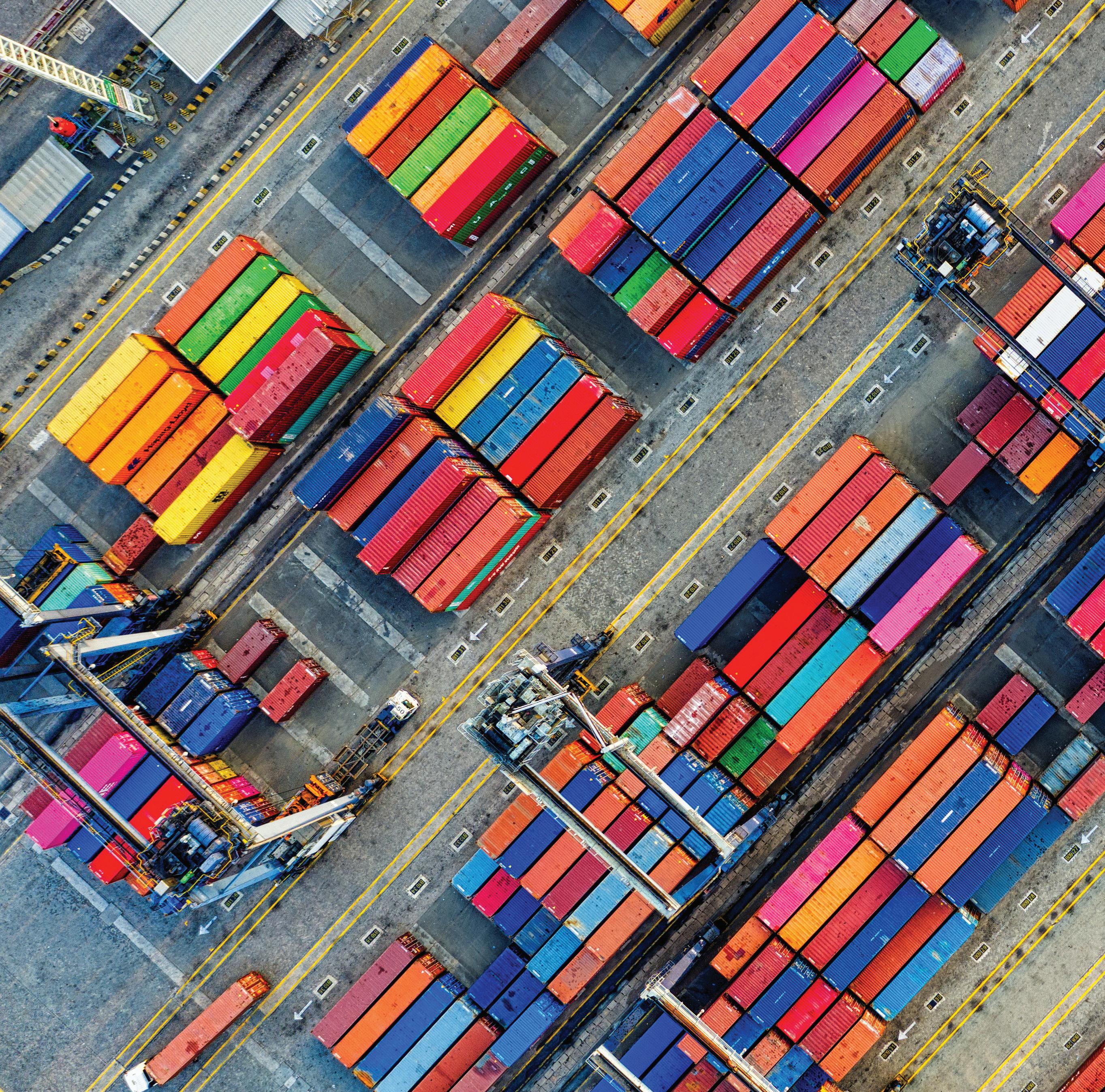
4 minute read
The Dragon in the Room
What lies ahead for the economic partnership between Italy and Australia?
by Giovanni Di Lieto
Advertisement
What the Italo-Australian trade relationship will look like by 2030 will depend on China. Here’s why. Despite the vast distance between Italy and Australia, as well as structural differences in their respective political and socio-economic systems, both countries share similar geopolitical dynamics in the fracturing world trade system. To begin with, both countries are caught between a rock and a hard place as the past decade saw the US-China competitive cooperation turn into a hostile contest for economic hegemony over Asia and beyond. Long gone are the days when Italian and Australian firms could trade freely and sometimes sell out to China while enjoying the protection of the USA’s security patronage across both the Atlantic and Pacific oceans. Since the dawn of the century, while the US was distracted with the war on terror, China strived to make significant geopolitical advances in Asia, Europe and Africa. With the more assertive leadership of Xi Jinping beginning in 2013, China made it clear to trading partners that it was never just about the money. In the 2020s, US-aligned middle powers like Italy and Australia find themselves on much shakier ground, as it becomes increasingly untenable to have their cake and eat it too - that is, to trade with China without giving up support of US hegemony over Asia and Europe. It is rather ironic that this external change of circumstances to the Italo-Australian trade relationship comes at a time of historically high diplomatic relations between Australia and the European Union, with Brexit having at last occurred and the EU-Australia free trade agreement negotiations well under way. However, the main problem today is that between Italy and Australia there is China, literally as a geographic and diplomatic presence. This means that any meaningful development in the economic partnership between Italy and Australia in the coming decades is entirely dependent on how each country is going to deal with China’s rising power and the US reaction to it. To be pessimistic, it is quite possible that the US-China contest could become an insurmountable trade/security wedge - if not a new iron curtain - between the Atlantic and Pacific oceans that will force Italy and Australia even further apart, to a place not seen since the 1930s. But even from an optimistic view we face a tricky scenario, as Italy and Australia could grow closer only if they braced together in a fight against a common enemy - be it China or the US. I don’t need to list the many ways in which the geopolitical relationship between our two countries deeply affects our material consumptions, life choices and financial investments, as any Italian-Australian individual surely and sometimes sorely knows. In other words, the geopolitical posturing and positioning towards China of both Italian and Australian governments is poised to make us all closer to or further away from Italy or Australia, as the case may be.
69
To help frame this poignant discourse, let’s take a broad-brushed picture of four possible scenarios that could unfold over this decade. I outline them below in descending order of likelihood. The underlying reasoning is quite simple: the key variable is the ongoing relationship between the US and China.
SCENARIO 1 (DUOPOLY)
sees a grand US-China bargain that rewrites the world trade rules in more favourable terms for the two superpowers and to the detriment of everybody else, essentially splitting the world into two interlocking spheres of influence and domination. In this case, Italy and Australia would both be greatly damaged commercially in the short term, while in the long term they might further align diplomatically and join forces in a multilateral coalition of middle powers striving to break the Sino-American duopoly. Otherwise Italy and Australia face a serious risk of falling under the grip of different masters.
SCENARIO 3 (BIG CHINA)
This scenario plays out as in scenario 2 but with China winning the power clash and replacing the US as the hegemonic power in Asia, Europe, the Middle East and Africa. In this case, even if Italy and Australia sided with China there would be great uncertainty and risk in dealing with a new world hegemon, potentially with a cultural backlash related to different degrees and pace of de-westernisation in Australia and across Europe.
SCENARIO 2 (SMALL CHINA)
sees an open Sino-American confrontation with proxy military conflicts (e.g. in Taiwan or Iran) or even open war between the US and China, with the latter ultimately losing and being carved out with regime change and separatism like the Soviet Union in the 1990s. Notwithstanding the misery and destruction brought about by such hot wars, in this case both Italy and Australia might come out on top as long as they fully aligned with the US, which would seem likely. However, there could be the possibility of separate choices that would make Italy and Australia enemies, just like in the last world conflict.
SCENARIO 4 (RESTORATION)
the Joe Biden administration achieves a détente with Xi Jinping to wind the clock back to the US-China competitive cooperation of the early 2000s. In this scenario of more of the same, Australia would fare much better than Italy, as the economic trajectory of both countries in the past three decades clearly shows. Thus Australia and Italy would not grow much further apart, but neither would they get closer, as Australia would keep riding on China’s back and Italy, in direct competition with China’s industrial compact, would be pushed to the periphery of the world economy and further impoverished.
Only time will tell, but we’d better brace for a decade fraught with insecurity and turbulent change. “May you live in interesting times” is a spurious Chinese curse. Nevertheless, there is no doubt that the curse has fallen on us.










